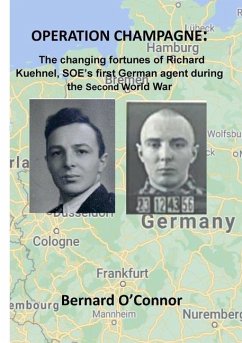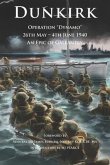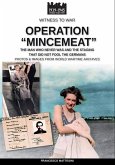In June 1941, Britain's Royal Navy sank a German meteorological observation ship in the Arctic to obtain the codes it used to send messages to German U-Boats. Richard Kuehnel, one of the captured crew, informed his interrogators that he was anti-Nazi, provided them with naval intelligence and volunteered to work against Hitler's regime. Accompanied by a German-speaking 'minder', he was accommodated in the vicarage at Bayford, near Brickendonbury Manor, Hertfordshire, a specialist industrial sabotage school run by the Special Operations Executive (SOE), Britain's top-secret clandestine warfare organisation. He was trained and equipped for Operation CHAMPAGNE, a sabotage and subversion mission in Hamburg. In April 1942, he was taken by a British trawler to the Norwegian coast, a small fishing boat was lowered into the sea which he then sailed to Bergen. Although two messages were sent in secret ink, the British never found out what happened to Keuhnel. A message from Norway in November 1942 suggested he had not been able to complete his mission and needed help to return through Sweden and Norway to Britain. As some of the detail contradicted what they knew, SOE were dubious. They thought he was an agent provocateur and instructed their Scandinavian contacts to have nothing to do with him Using primary sources from Kuehnel's personnel and mission files, Operation CHAMPAGNE sheds light not just on the changing fortunes of Britain's first German secret agent but also on the mind-set of intelligence officers working round the clock in their attempts to fight a war against the Nazis. Bernard O'Connor has managed to discover what British Intelligence failed to do in 1945. He has located German sources which shed some light,
Hinweis: Dieser Artikel kann nur an eine deutsche Lieferadresse ausgeliefert werden.
Hinweis: Dieser Artikel kann nur an eine deutsche Lieferadresse ausgeliefert werden.








